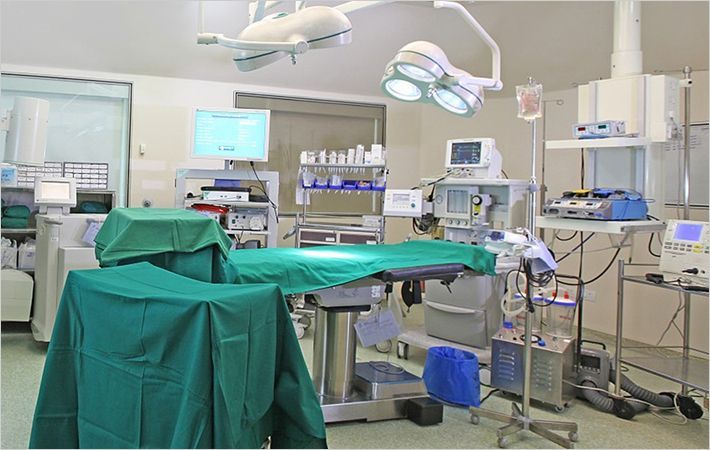Technical textiles are gaining in importance all over the world and their uses are becoming ever more diverse. This has resulted in a challenge to the sewing thread manufactures as they require specialist threads, not only to sew these materials together, but to produce a seam which will not break down in the extreme environments some of these textiles are used in.
Nomex, Kevlar, PTFE, nylon 6, nylon 6.6, high tenacity polyester, glass and carbon fibre, stainless steel and silica are all used within the development of specialized technical sewing threads to address the needs of different end products. Technical sewing threads need to be flexible, functional, cost-efficient, durable and environmentally sensitive, in manufacturing as well as in application and end use. High temperature resistance
A high temperature fire retardant steel core thread has been developed with a polyester jacketing which protects sewing machine thread guides from being #
As will be seen at Texprocess 2013 and Techtextil 2013, the main international sewing thread manufacturers offer technical thread ranges which address some of this functionality, whereas others are produced by much smaller specialist technical thread and material manufacturers.
Threads for protective workwear
Polytetrafluoroethylene (PTFE) is a high-molecular-weight compound consisting wholly of carbon and fluorine and has one of the lowest coefficients of friction against any solid. It is also unaffected by acids, alkaline solutions and cleaning chemicals and has a high temperature resistance, rendering it extremely useful for the manufacture of many technical sewing threads, either on its own or as a lubricant.
When these threads incorporate pigments which are highly resistant to light, the thread becomes extremely color fast and highly ultra violet resistant.
Different types of aramide fibres can be used in either spun form or as continuous filament to produce heat-resistant, non-melting, self-extinguishing sewing threads with low inflammability. In their different form, uses include heat-protective-workwear, work gloves, aircraft seats, airbags, bullet proof jackets and lumbermen wear.
Specialized polyester/carbon threads can be used for dispersion and conduction of electrical or static charges for clean room garments or safety clothing in the fields of microelectronics, pharmaceuticals, etc. Polyehterketone polymer threads have been developed for chemical protective clothing whereas threads made from continuous filament polyamide, combined with stainless steel, are conductive.
Chemical resistance for packaging and filtration
High Tenacity Polypropylene is a thermoplastic polymer which has been developed into a continuous filament UV stabilized thread which has excellent chemical resistance and does not absorb water.
It is therefore ideal for manufacturing woven sacks for the packaging of fertilizers, chemicals, food stuffs and similar products. It is also rot-proof and resistant to mildew attacks, chemical gases and micro-organisms which make it suitable for the filtration and FIBC (Flexible Intermediate Bulk Container) industries.
Kevlar thread is three times stronger than nylon and is heat resistant operating at temperatures up to 300°C without serious degradation. Manufactured from 100% acrylic nitrile, Homo-Polymer Acrylic thread has greater strength and less shrinkage than ordinary acrylics and polyesters.
It has superior resistance to chemicals in both acid and alkali solutions, and a good resistance to wet and dry heat. These properties make the thread valuable in the field of industrial materials such as filter fabrics for dry air, felt and dry canvas fabrics for paper manufacturers, and wet filter fabrics for many industries, including chemicals, refining petroleum and mining.
Continuous filament high tenacity polyester thread is used for high speed sewing of automotive trims, seat belts, slings and webbings, life jackets, filtration and outdoor goods whilst anti-static polyester thread was initially developed for use in the flexible intermediate bulk container industry, though it has a growing reputation in an ever increasing number of environments where static electricity is a problem and is proving to be particularly successful in specialist clothing applications.
For airbags, seat belts…
Continuous filament high tenacity polyamide 6, 6 tends to produce exceptionally strong and durable seams. It is recommended for sports and general footwear, leather goods, air bags, seat belts and trims, inflatables, soft luggage and upholstery.

